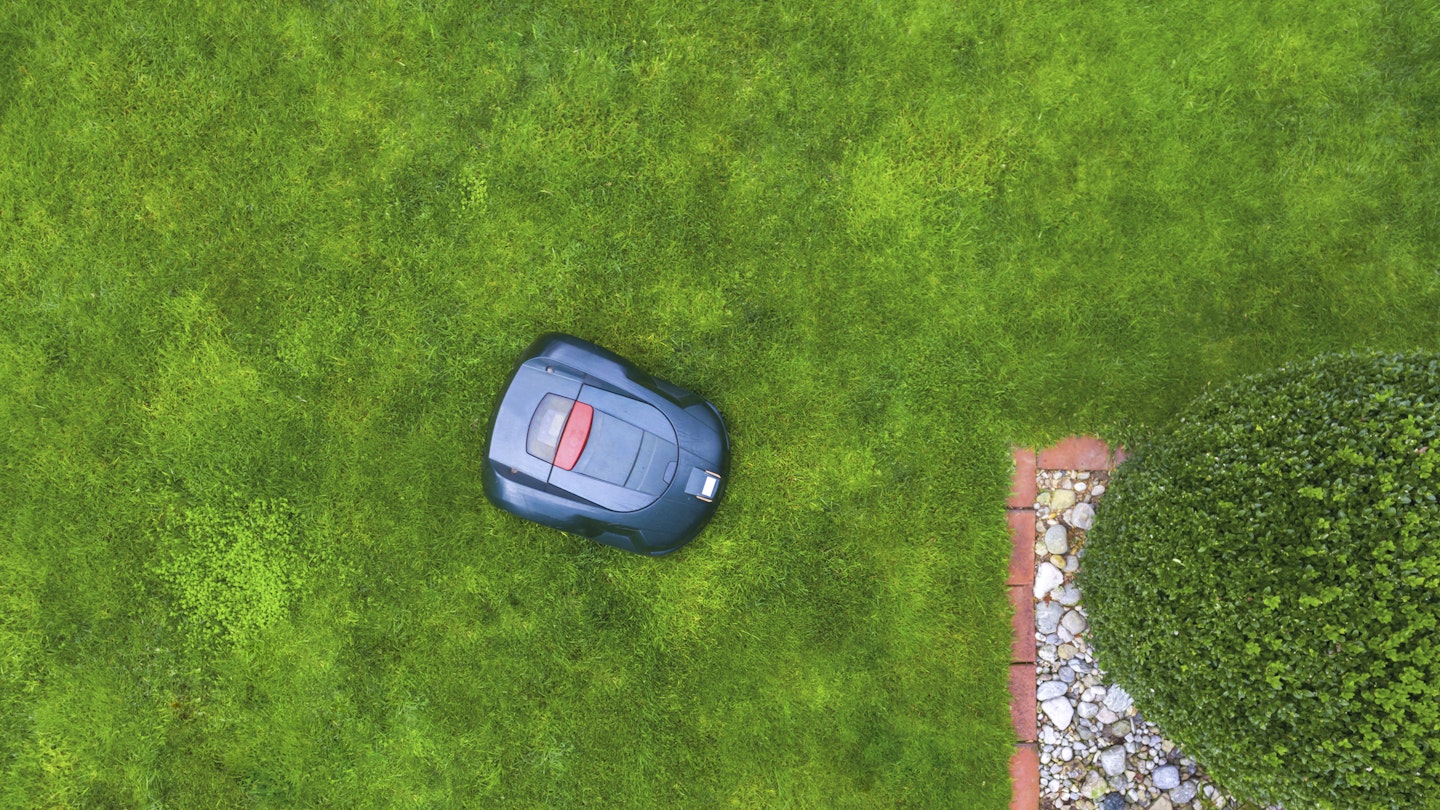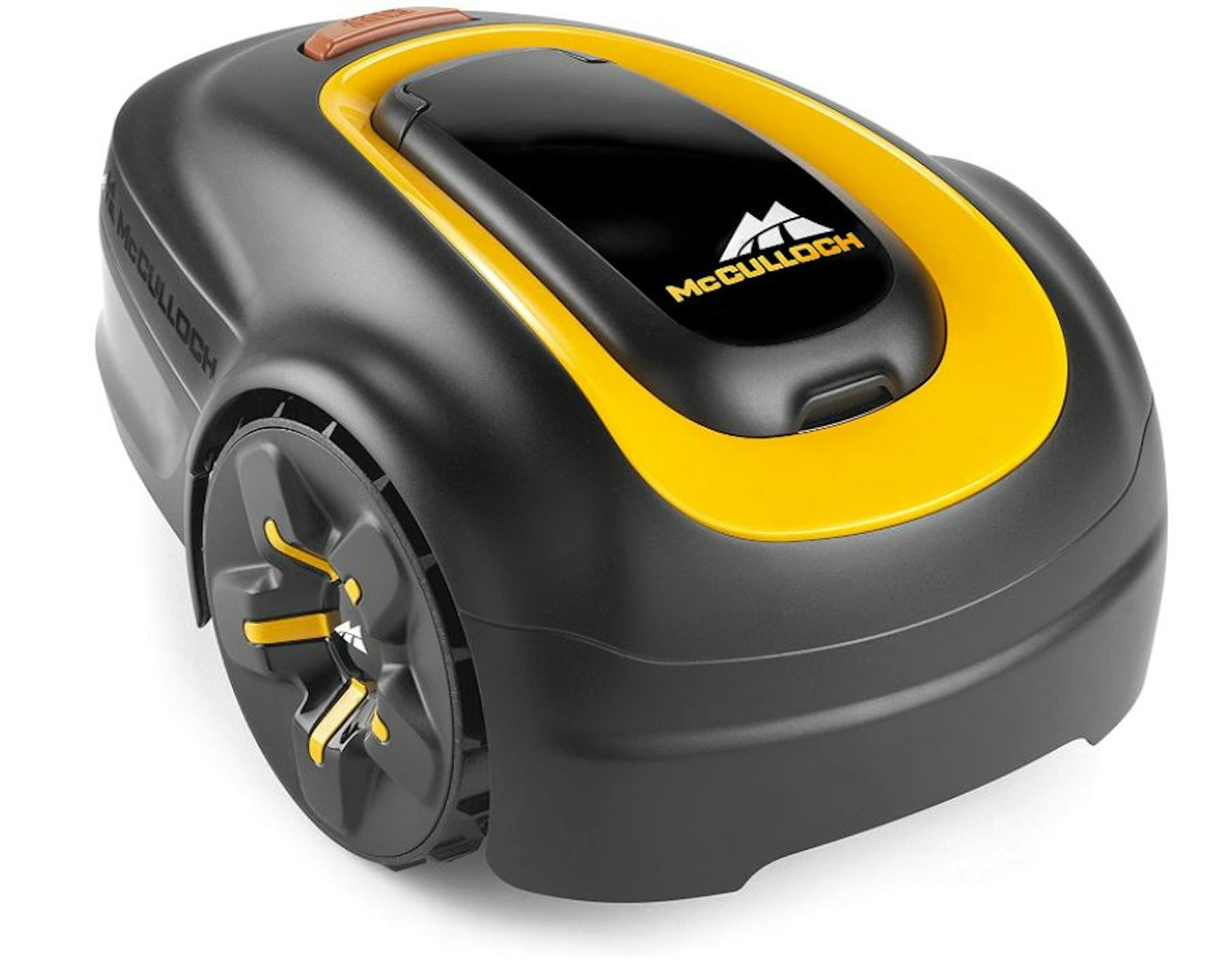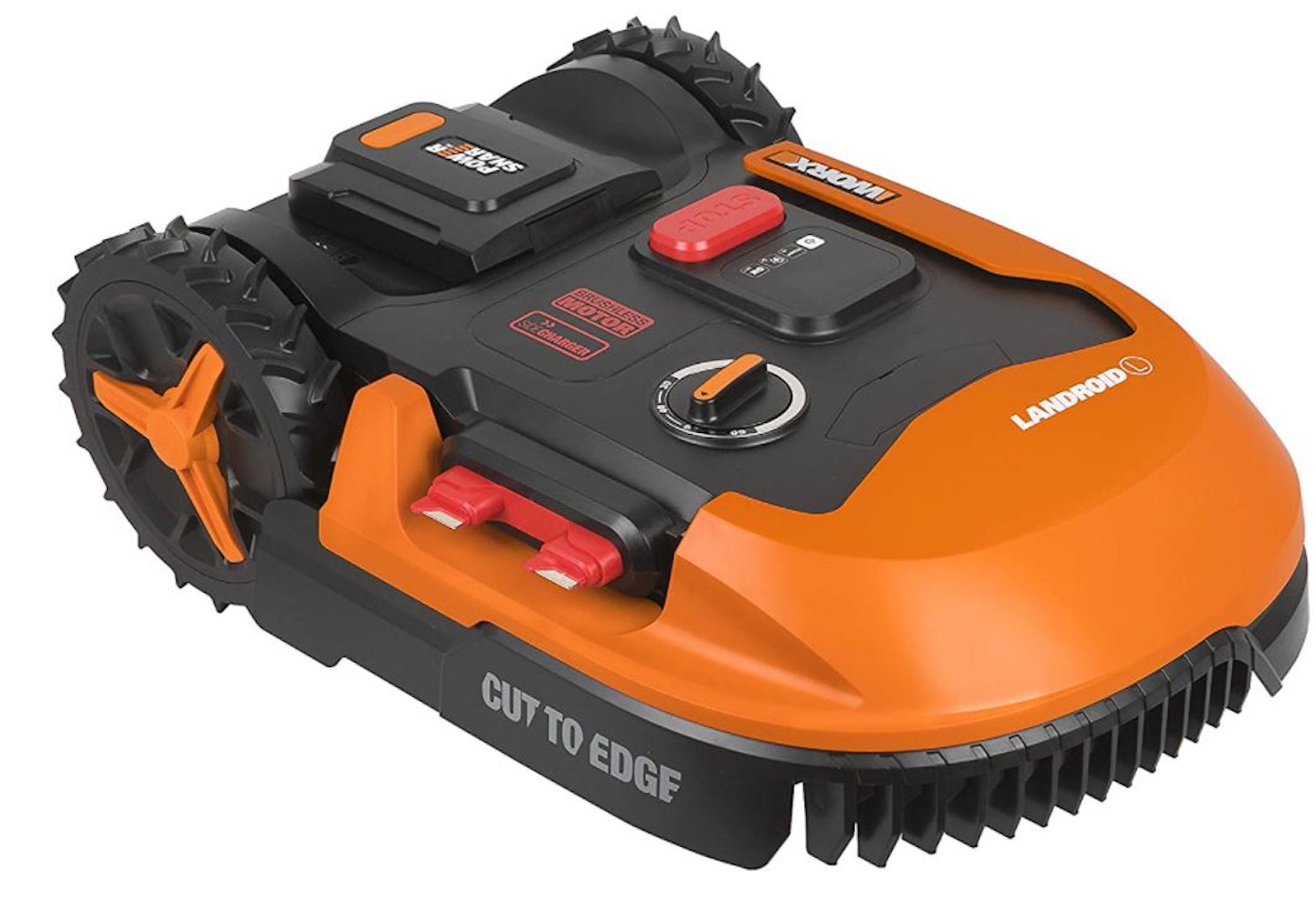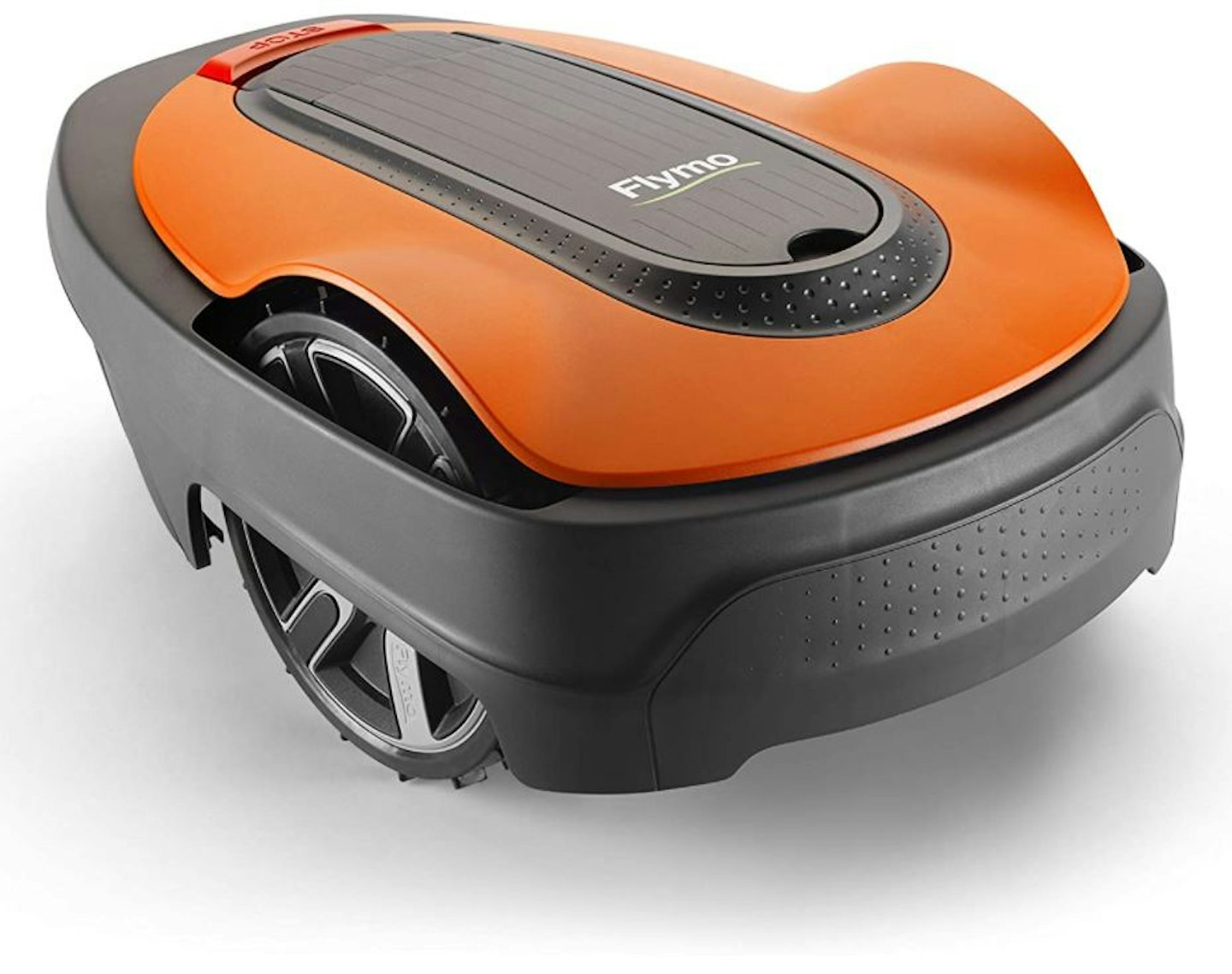Now, this is fun. Everyone loves the slightly dystopian futuristic notion of owning a robot. In fairness, robotics has been around for a very long time, but robot lawnmowers are one of those overtly obvious robot machines that we find rather exciting. Not least because it saves us from cutting the grass with a standard lawnmower.
Jump to:
Are robot lawnmowers worth it?
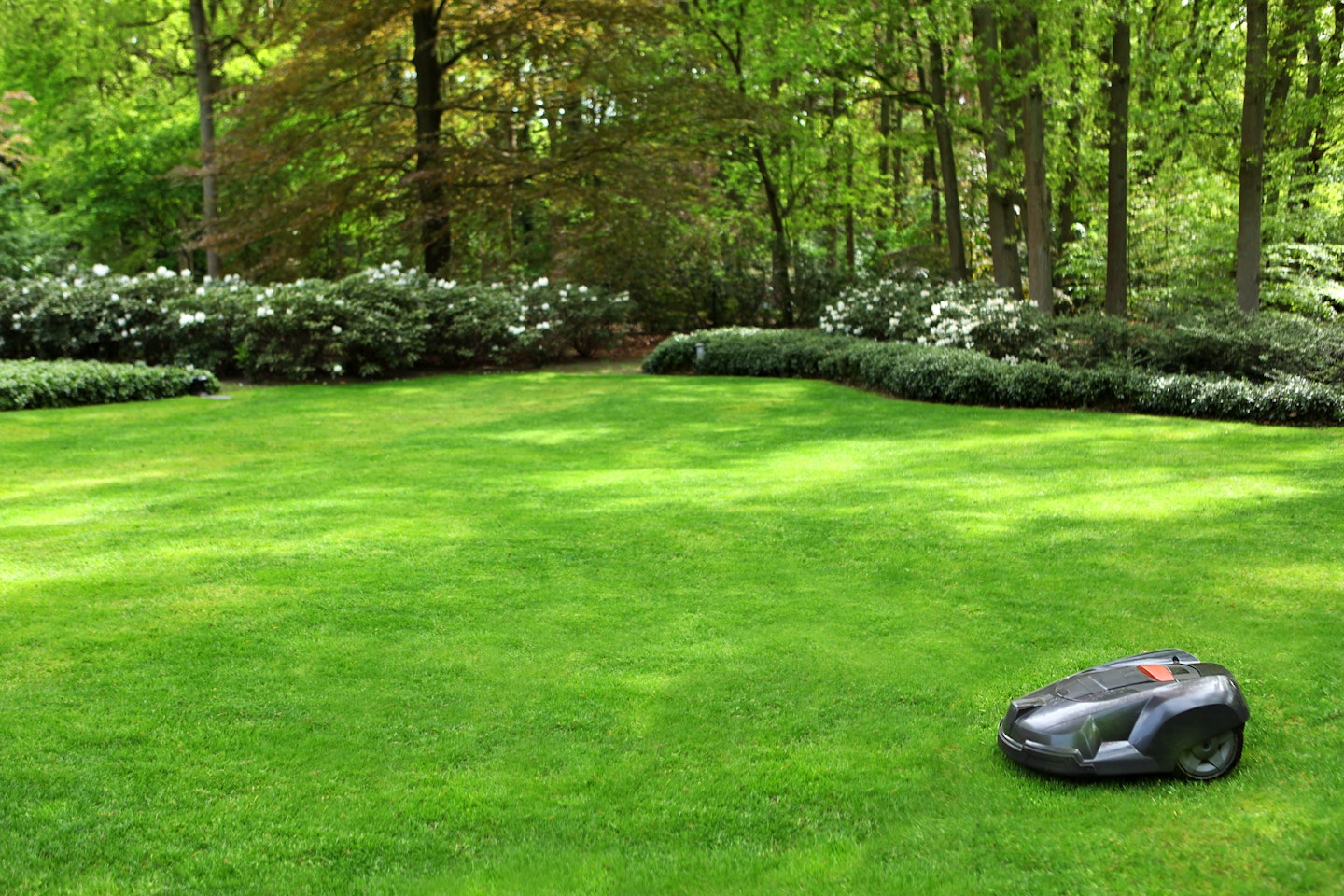
First things first, you’ll no doubt be taken aback at the surprising upfront expense of robot lawnmowers. The answer is somewhat addressed below in explaining how robot lawnmowers work – they have a lot of sophisticated parts to them despite their small size. But you are also paying for convenience too.
The benefits of a robot lawnmower are fairly obvious. They free you from cutting grass yourself and this may be worth its weight in gold if lawnmowing is a task you loathe even more than cleaning the bathroom. With a robot lawnmower, you don’t have to collect the clippings either because the robot lawnmowers discard them finely as mulch.
Also, as with any electric tool, robot mowers are much quieter than their hand-propelled petrol equivalents. Electric hand-propelled lawnmowers (one of the best of is the Murray EC320) begin at under £100. By contrast, robot lawnmowers worth buying kick off at about £500. Quite a discrepancy there.
Certainly, for larger lawns, your money must be no object because robot lawnmowers capable of tackling lawns larger than about 700 square metres are upwards of £700.
Take the shape and gradient of your lawn into consideration too. Most models of robot lawnmower can tackle slopes of up to about 35 per cent or 20 degrees. Therefore, if you live on very hilly ground, a robot lawnmower may not be for you.
How do robot mowers work?
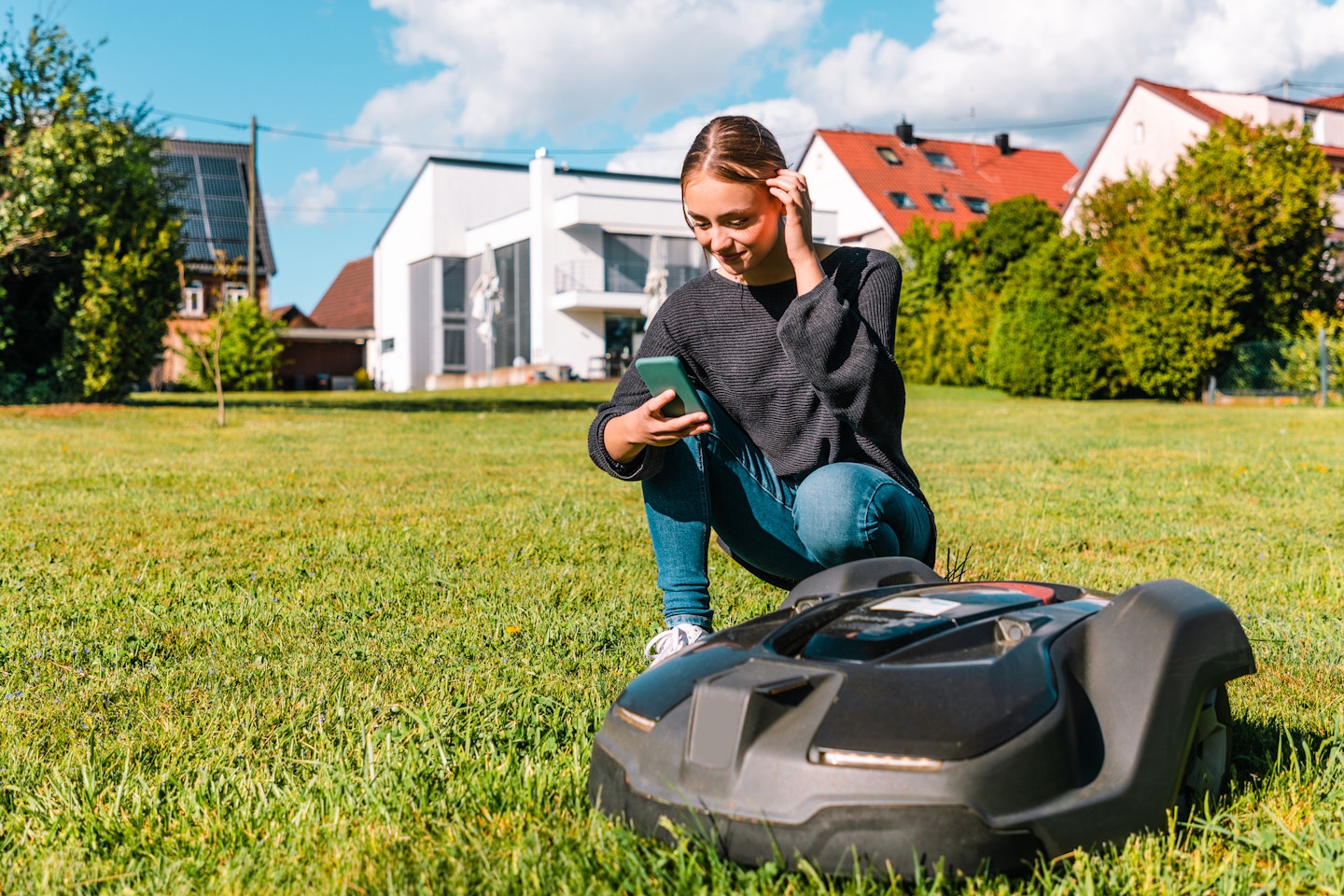
You get boundary wire with a robot lawnmower and with it you set up a perimeter around the section of lawn you want to be cut. When the mower is cutting, it has sensors that detect and stay within the boundary wire to prevent it from wandering off down the street. The boundary wire sits a little way in from the actual edge of the lawn, thus you’ll need to be aware that keeping edges trimmed is still going to be a job for you and a strimmer.
There are some robot lawnmowers that cut lawn in stripes, but these demand hi-tech GPS guidance systems and tend to be very expensive. Most, like those recommended here, simply cut in a random but tidy fashion. If you are fastidious about your lawn, potentially stick with your hand-propelled roller.
Robot lawnmowers cut at a given width, but you can adjust the height at which they cut. They usually have a control panel on top of the machine, from which you can program it but also, robot lawnmowers normally have an app. The app gives you common information such as battery level and also allow you to set mowing times and other such things.
Robot lawnmowers come with a docking charge station. When mowers are finished, low on battery, or the rain sensors are triggered, they will send themselves back to their docking station and charge themselves. Robot lawnmowers have a run time of about an hour or so.
The best robot lawnmowers in detail:
Editor's pick
The McCulloch robot lawnmower offers performance and quality with its S400 model. As the name suggests, it is good for lawns up to 400 square metres (there is an S600 and S1000 too). Starting with the superficial stuff, we like how it looks with the yellow and black colour scheme and that it is called ROB. Itu2019s a very comforting name for a lawnmower.
There are a load of programmable options, allowing it to cut grass any time of day or night or weather. It’s very quiet and we like how easy the pad is to use – same story with the app. It’s our overall pick.
| Specifications | |
|---|---|
| Working area | 400m2 |
| Cutting width | 160mm |
| Cutting height | 20-50mm |
| Charge time/run time | 60min/65min |
| Noise level | 57dB |
| Max incline | 35% |
Best for complex gardens
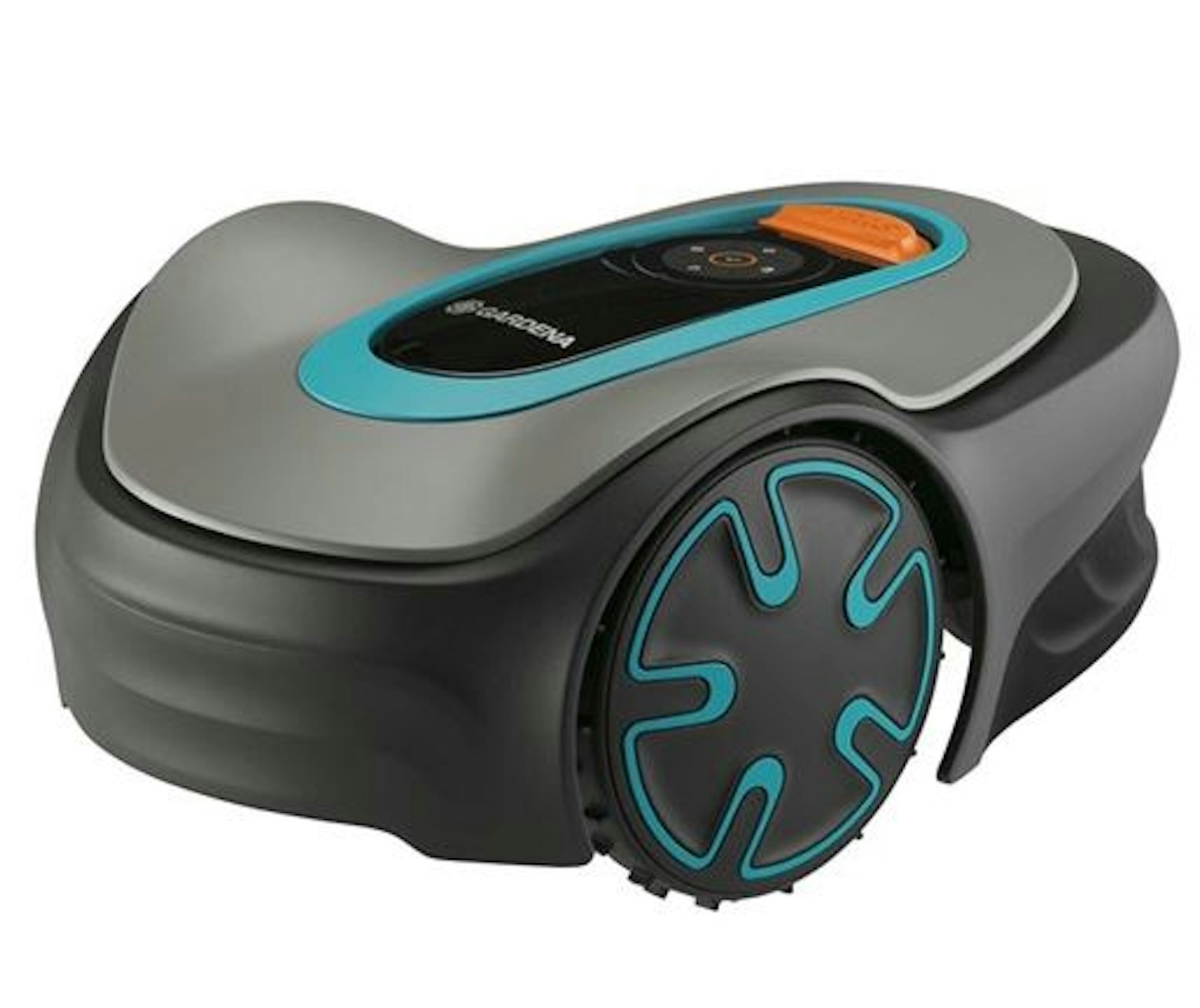
www.tooled-up.com
For complex or feature gardens, we recommend the Gardena Sileno Minimo 250. What we like about the Silena Minimo 250 is its ability to navigate tricky shaped lawns and narrow passages. It will work in narrow areas of down to 60cm.
Like the McCulloch robot mower, the Silena Minimo 250 has a control panel on the machine. However, the Gardena is mostly controlled by the app. There are a number of useful touches on this model that we like. One of which is the frost sensor that will pause any mowing set during near-freezing temperatures in order to protect the lawn. Granted, you don't send the mower out in the depths of winter but surprise frost does strike in spring.
| Specifications | |
|---|---|
| Working area | 250m2 |
| Cutting width | 160mm |
| Cutting height | 20-45mm |
| Charge time/run time | 60min/70min |
| Noise level | 57dB |
| Max incline | 25% |
Best for large lawns
The L1000 is the biggest beast here, weighing in at 12 kilos and being about 63cm in length and 43cm wide. There is a big range of Worx Landroid models, but this is our choice for large lawns. Itu2019s a bit louder than the others but at 67dB itu2019s still very quiet. We like that the charging station allows grass to grow through it, making it less conspicuous. And we also like that the L1000 uses the Worx Powershare li-ion batteries that are interchangeable with other cordless Worx tools.
The LR1000 has something called AIA technology. Essentially it makes LR1000 very fast and efficient in cutting an area. There are a couple of additional things you can add to the Landroid, such as a very good tracker. Though, at £250, it isn't cheap. Like the Gardena model, the LR1000 is mostly programmed via the app.
| Specifications | |
|---|---|
| Working area | 1000m2 |
| Cutting width | 180mm |
| Cutting height | 30-60mm |
| Charge time/run time | 70min/90min |
| Noise level | 67dB |
| Max incline | 35% |
Best for small gardens
The Flymo EasiLife 350 is a solid competitor to the Gardena Silena. The EasiLife 350 has a slightly larger cutting area but packs very similar features. Itu2019s about the same size, itu2019s equally quiet, has frost sensors, a great app. However, it has the ability to tackle steeper slopes (up to 35 per cent) and the aforementioned larger cutting area. Itu2019s also much more orange, if thatu2019s what you prefer.
However, it cannot match the Gardena’s ability to slip down narrow passages. It is entirely circumstantial as to whether that is important for you or not.
| Specifications | |
|---|---|
| Working area | 350m2 |
| Cutting width | 160mm |
| Cutting height | 20-50mm |
| Charge time/run time | 65min/60min |
| Noise level | 58dB |
| Max incline | 35% |
Best value
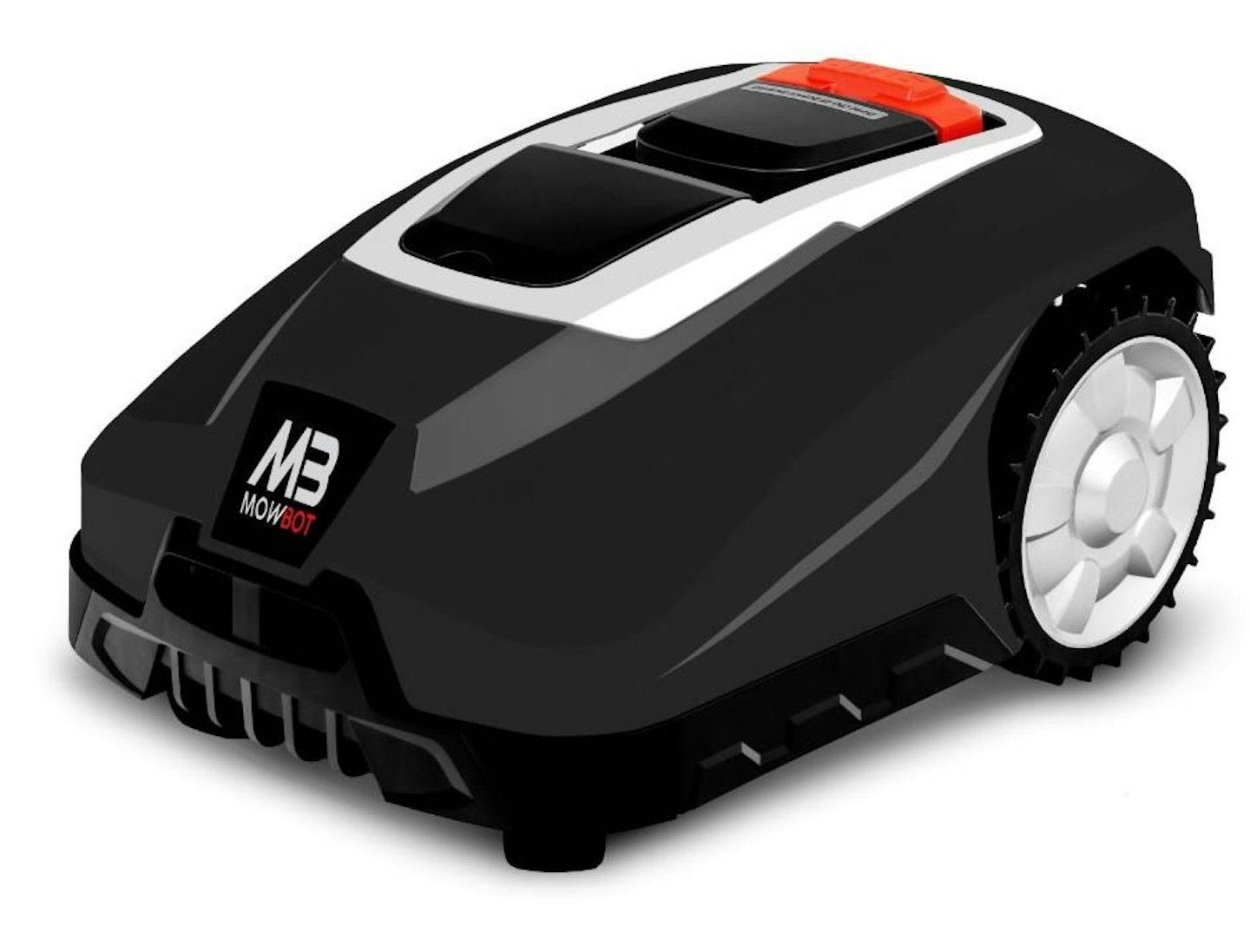
www.justlawnmowers.co.uk
This robot mower is actually capable of covering a larger area than even the Worx unit. In addition, it also has the greatest range of cutting heights. As such, it represents the best value. Like the others, it is largely app-controlled and easy to program. However, the charge time of about 100 minutes is longer than the others and the run time of 60 minutes is no better.
But there is something fun about the MowBot, which is the ability to purchase a different coloured machine or cover. At present, there are Carbon Fibre, Camouflage, and Floral colours to choose from and at a cost of £59.99.
| Specifications | |
|---|---|
| Working area | 1200m2 |
| Cutting width | 180mm |
| Cutting height | 20-60mm |
| Charge time/run time | 100min/60min |
| Noise level | 58dB |
| Max incline | 35% |
Robot lawnmower setup
In return for not having to cut your lawn, robot lawnmowers demand a bit of time to set up. You need to lay the guide wire around the edge of the lawn area and connect up the charging station.
It is important to follow the setup instructions that come with the mower. But to give you a general idea, there is a very good guide video about setting up the Cobra Mowbot:
Robot lawnmower care
Being designed specifically for outdoor use, robot lawnmowers are hardy and able to deal with adverse weather. However, in winter, when temperatures drop low and lawn mowing is not required, it is best to store the robot lawnmower and the charging station in the garage or similar in order to protect it from harsh winter weather.
All the robot lawnmowers above can be cleaned easily with a hose on low pressure, not high pressure. You can also use a brush on the body and underside around the blade disc.
In terms of placement of the charging station, it needs to be on the edge of the lawn, somewhere as sheltered as possible.
Read next:
The best lawn fertilisers for natural growth and soil health
Chris Williams is a contributor to What's The Best. He also writes for CAR and Parkers.
Subscribe to the What’s The Best Newsletter to keep up to date with more of the latest reviews and recommendations from the What’s The Best team.
